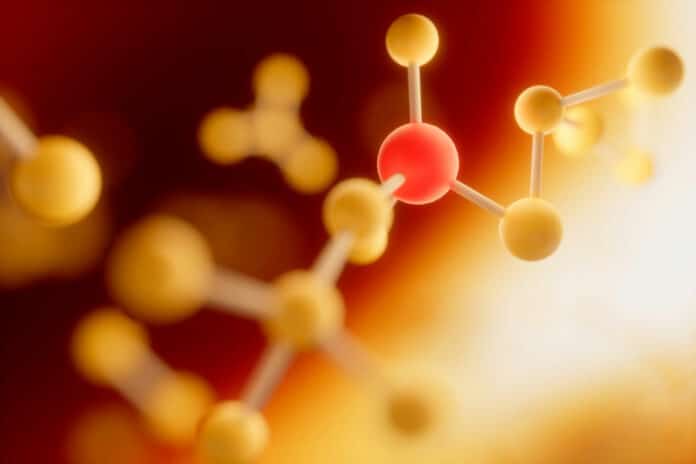The strength of the chemical bonds formed between electrons sets the hardness of materials. The rules of quantum physics underpin the bonding, and the complex compounds currently the focus of most cutting-edge research are called “quantum materials.” Strongly bonded atom layers divide layers in many quantum materials where current can flow because only a tiny portion of the material’s electrons are present.
The hardness is determined by the tightly bound layers, which provide a rigid atomic background (a lattice) for the electrons carrying current to move through. This makes sense intuitively.
Because the lattice bonding is typically so strong, it is commonly believed that the lattice dominates the current’s electrons. Even very slight changes to the lattice are frequently suggested as the origin of the current pattern change.
A team of scientists from MPI-CPfS, Germany, Japan, Korea, and the United States has shown that current-carrying electrons can make the lattice much softer than usual in the material Sr2RuO4. Scientists revealed evidence of a case in which a tiny fraction of the current-carrying electrons can dominate all the others and make the lattice much softer.
Scientists noted, “We worked with colleagues from Germany, Japan, Korea, and the United States to interpret the unexpected outcome after the experiment was carried out internally. The detective story was largely solved because of an explicit model developed by the groups of Joerg Schmalian and Markus Garst at the Karlsruhe Institute of Technology and findings from related tests published in 2022. We believe the work will impact future research since it offers a fresh viewpoint on an issue that has existed for decades.”
The team measured Young’s modulus in the extremely clean material Sr2RuO4 as it underwent an electronic (Lifshitz) transition. They found a significant drop in Young’s modulus at the change. It suggests that conduction electrons drive a nonlinear elastic response in this material.
Journal References:
- H. M. L. Noad, K. Ishida, Y.-S. Li, E. Gati, V. Stangier, N. Kikugawa, D. A. Sokolov, M. Nicklas, B. Kim, I. I. Mazin, M. Garst, J. Schmalian, A. P. Mackenzie & C. W. Hicks, Giant lattice softening at a Lifshitz transition in Sr2RuO4, Science [volume TBD], [pages TBD] (2023). DOI: 10.1126/science.adf3348
- Y.-S. Li, M. Garst, J. Schmalian, S. Ghosh, N. Kikugawa, D.A. Sokolov, C. W. Hicks, F. Jerzembeck, M. S. Ikeda, Z. Hu, B. Ramshaw, A. W. Rost, M. Nicklas & A. P. Mackenzie, Elastocaloric determination of the phase diagram of Sr2RuO4, Nature 607, 276-280 (2022). DOI: 10.1038/s41586-022-04820-z
